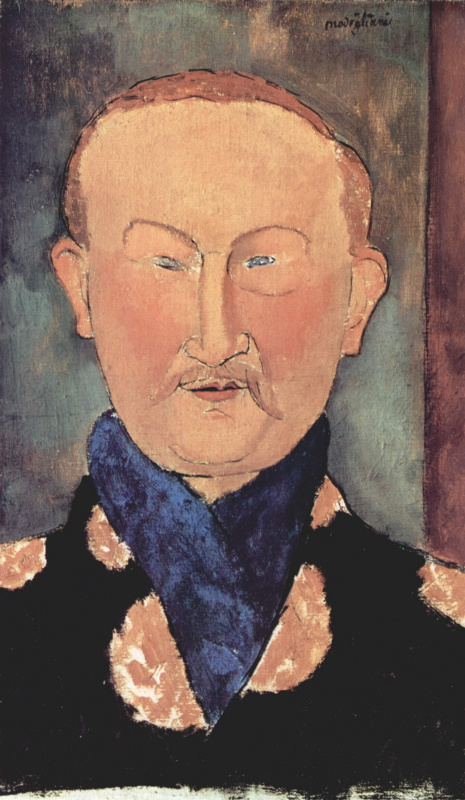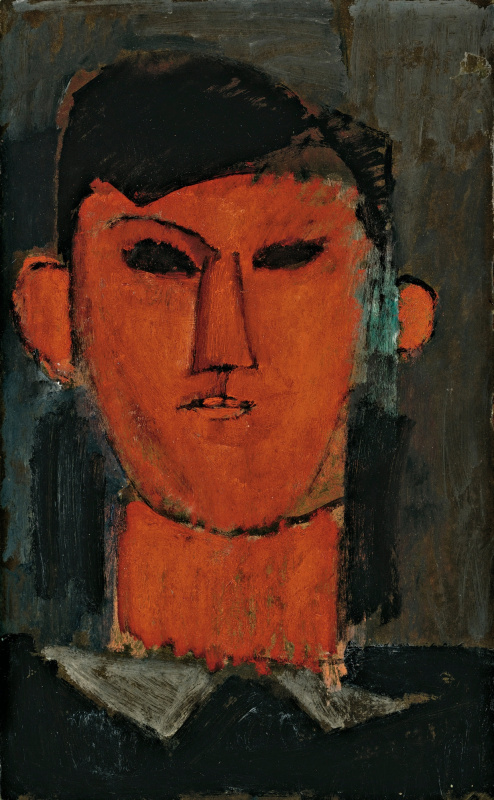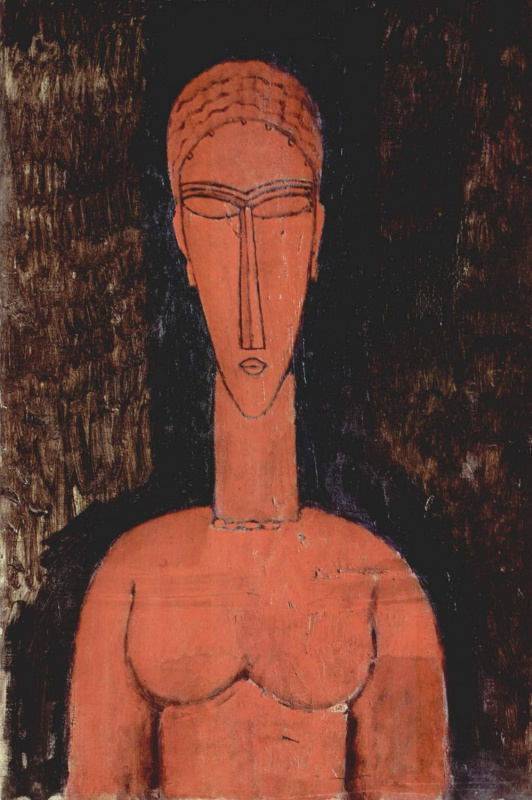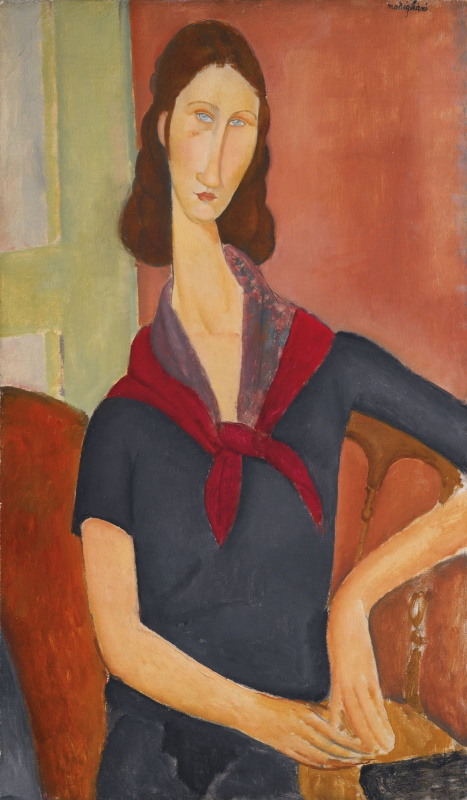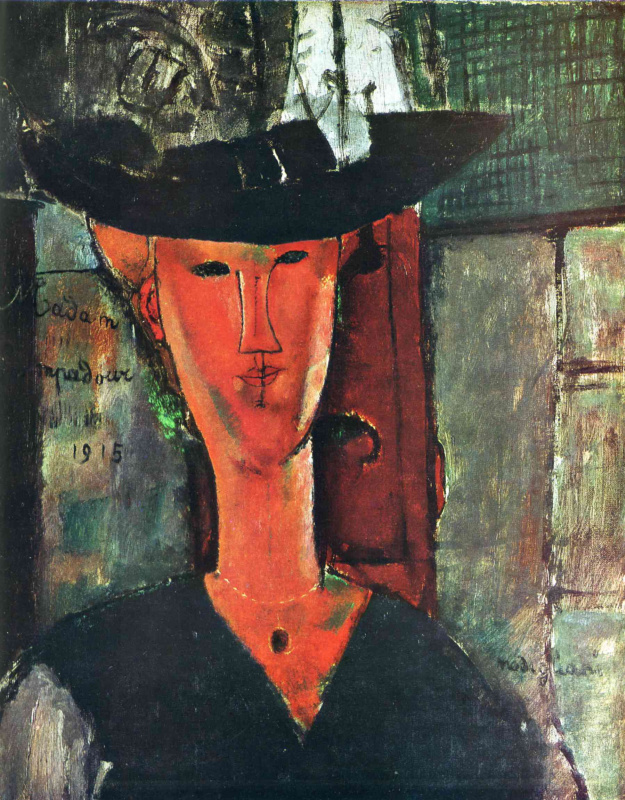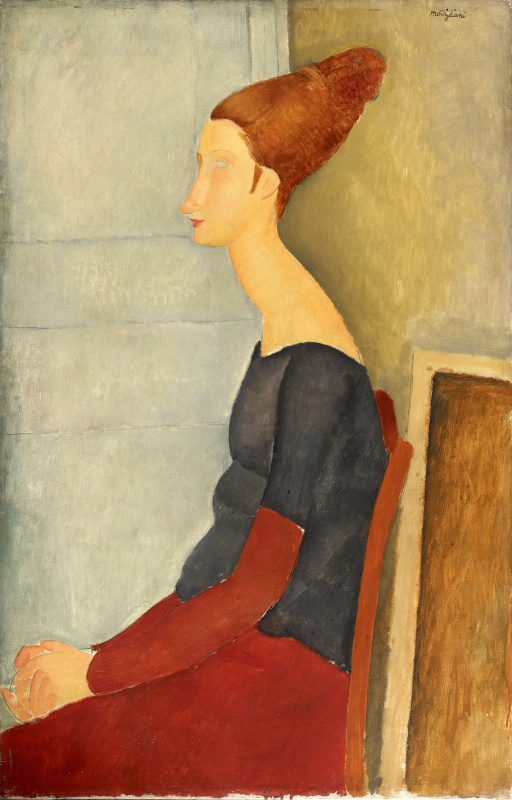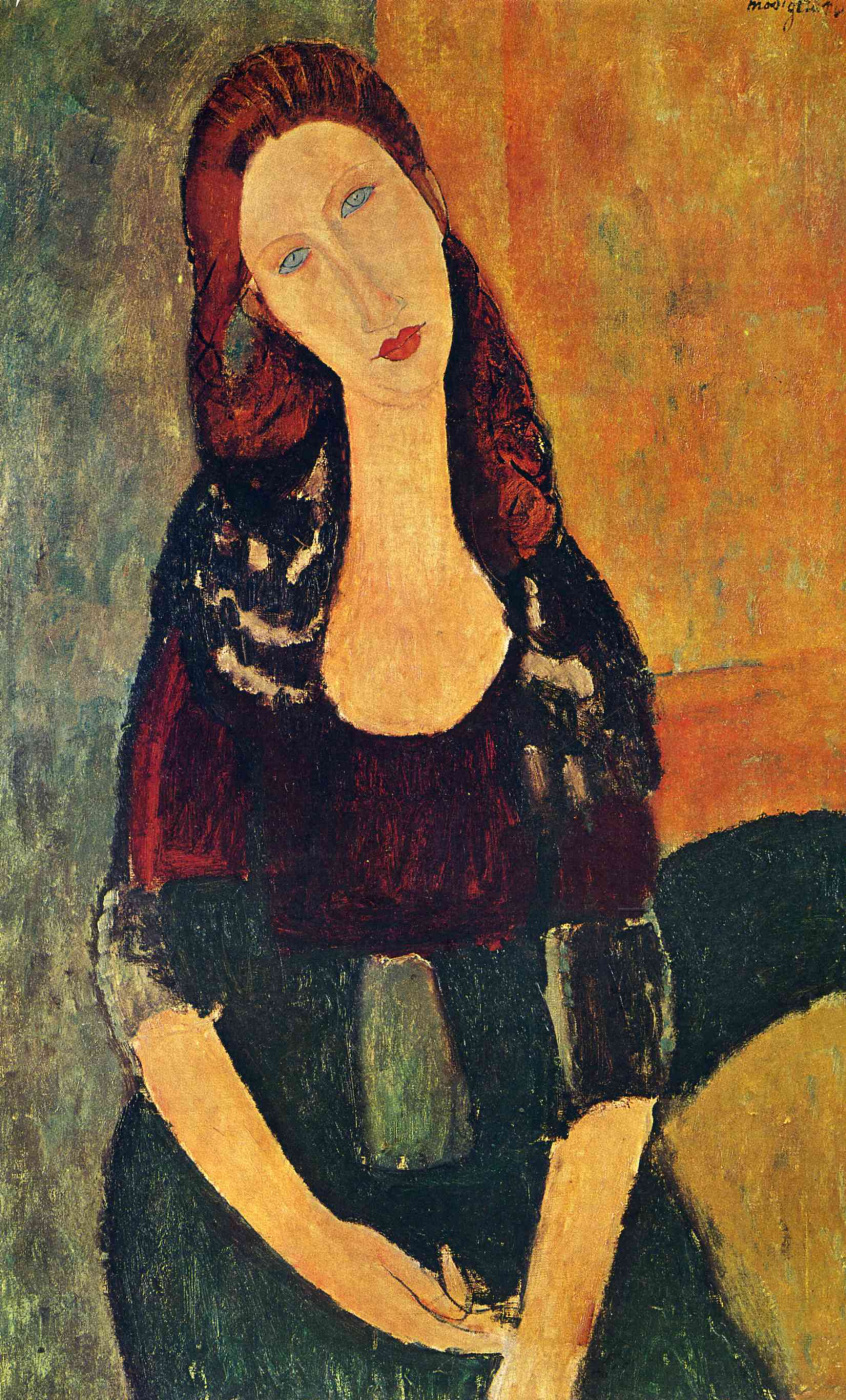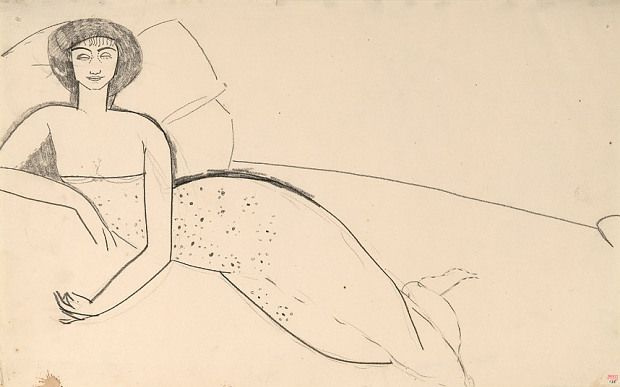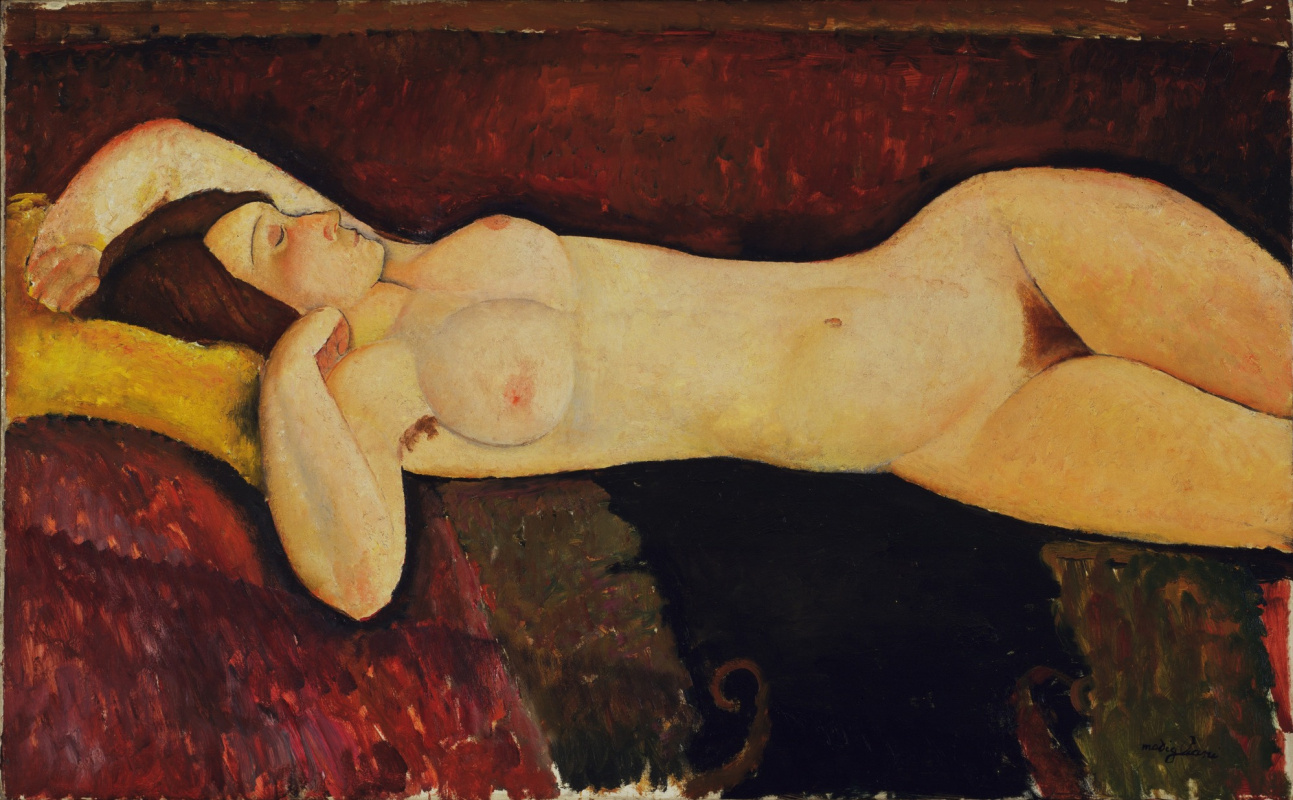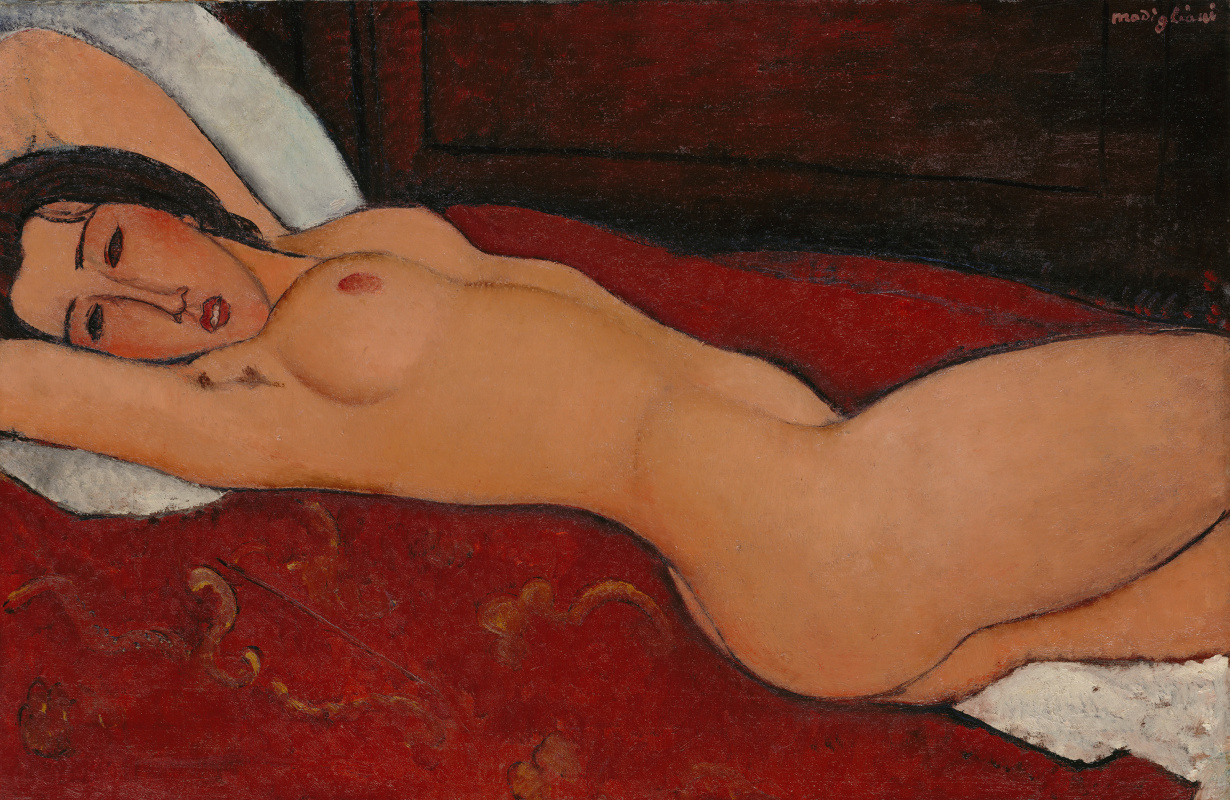These are not only Amedeo Modigliani’s melancholic subjects that are special. His life — tragic, but hectic, and sometimes even wild — is also unique. Here we revive the brightest moments of his brief but eventful biography.

1. Baby savior
Amedeo Modigliani spared his family from financial demise by simply being born at the right time and place — on July 12, 1884, in the Italian city of Livorno.The father of the future artist, Flaminio Modigliani was a businessman: he sold coal and firewood, managed the mine and even run his own brokerage office. But by the time their fourth son was born, he went bankrupt. The bailiffs knocked at the door of the family’s home just as the wife went into labour: they came to levy distress on the goods of the failed businessman. But the family managed to avert the creditors from pursuing payment.
Back then, according to the Italian law, creditors could not seize the bed of a pregnant woman or a mother with a newborn child. Waiting for the officials and little Amedeo, Flaminio simply piled his family’s most valuable assets (which could save them from hunger and misery in the future) on top of his pregnant wife’s bed.
However, the child’s mother, Eugénie Garsin, interpreted this episode differently: she considered the bailiffs that broke into the house during the childbirth a bad omen for her son. And, unfortunately, she was right: the boy would be sickly, catch tuberculosis, become addicted to alcohol, drugs and other attributes of bohemian life, his talent would be truly appreciated only after his death, and he would die early — at the age of 35.
Self-portrait
1919, 100×64.5 cm
2. An inspiring delirium
Amedeo grew up in a family of intellectuals, received an excellent education, but couldn’t boast of having an easy disposition. "We shall have to wait and see what is inside this chrysalis. Perhaps an artist?" the mother comfortingly justified her son’s obstinacy. It was the typhoid fever that set the record straight: while sick, the boy praised the masterpieces of Italian masters and raved in his delirium that he wouldn’t die until he had visited the he Uffizi Gallery. When the boy was recovered, he started taking lessons at the art studio.3. Just like Vincent
The Italian genius Modigliani had a lot in common with the Dutch genius Van Gogh. Both had a bad temper, never missed a chance to get into a fight, didn’t manage to convert one’s talent into astounding fees during their lifetime and sometimes even used their masterpieces — which are now much more expensive than gold — to pay for food.Giving a pencil sketch for a cup of coffee was quite common for Modigliani. Where would that spare money come from, given that Modigliani painted most of his famous portraits in just one session and refused to take more time, even if his customer paid an hourly fee?
Reclining Nude with blue cushion
1917, 92×60 cm
4. Nudity: highly valued and scandalous
In 2012, Amedeo Modigliani’s most expensive painting was considered Reclining Nude with Blue Cushion: it was purchased in a closed private transaction for $118 million by the Russian billionaire owner of Monaco football club, Dmitry Rybolovlev. However, he soon found out that the previous owner of the canvas got only $93.5 million. The collector alleged that the difference was pocketed by the Swiss art dealer Yves Bouvier, who was arrested in early 2015, accused by Rybolovlev. In the same 2015, Nu Couché became the most expensive work by Modigliani: the Chinese billionaire Liu Yiqian bought it for $170 million (exceeding the presale estimate of $100 million).5. The stone guest
It is believed that Modigliani was born a brilliant sculptor, but since his experiments in that field were not supported by his contemporaries (once Modigliani even drowned his works), he had to concentrate on painting and depict the subjects of his paintings as if carved from stone.Here is one of the many stories that show how obsessed Modigliani was with stone. One summer night, he went for a walk, came across a great stone at a construction site and immediately began to turn it into a sculpture. The builders who came to work the following morning didn’t appreciate Modigliani’s creative impulse and turned his sculpture into part of the foundation of the future building.

6. In life and in death
Modigliani died of tubercular meningitis. Jeanne Hébuterne — his muse, lover and wife-to-be (the couple didn’t manage to marry officially, even though Jeanne was pregnant with their second child), claimed her life one day later. Having said goodbye to her beloved one and put a strand of her hair into his coffin, she was taken to her parents' home, but couldn’t bear the pain of loss even until dawn — and threw herself out the window. She was eight months pregnant with their child.Jeanne was his biggest love. But far from the only one: Modigliani changed women almost more often than brushes…
Portrait Of Jeanne Hebuterne
1918, 92×60 cm
7. Two stars: Akhmatova and Modigliani
She came to Paris from Russia. And he came from Italy. She came on a honeymoon trip. And he came in search of fame. What did they do after meeting each other? They walked in the rain and recited Verlaine.Akhmatova denied their relationship. However, without specifying exactly what degree of intimacy she meant by that word. And there definitely was intimacy between them. There was enough intimacy for him to create a series of drawings (unfortunately, not all of them have survived). And for her — to create poems (she claimed that she didn’t write anything specifically for Modi, but the art historians traced in her Parisian lines the feelings, obviously caused by her communication with the artist):
When you’re drunk, you’re so much fun —
Your rambling tales make no sense.
The early fall arrived and hung
Bright yellow flags upon the elms.
In the land of fraud and guile,
We have strayed, and now, repent,
But, what are these fictitious smiles,
On our lips, so strangely bent?
Not happiness or peace of mind,
A biting torment — we pursued…
I will not leave my friend behind, —
So tender and so dissolute.
1911
Paris
Your rambling tales make no sense.
The early fall arrived and hung
Bright yellow flags upon the elms.
In the land of fraud and guile,
We have strayed, and now, repent,
But, what are these fictitious smiles,
On our lips, so strangely bent?
Not happiness or peace of mind,
A biting torment — we pursued…
I will not leave my friend behind, —
So tender and so dissolute.
1911
Paris
By the way, Modigliani never drew Akhmatova from life. They walked, recited poems, and then he would go to his workshop and take up a pencil. In any case, this was the version Akhmatova insisted on.
Woman lying on the bed (Anna Akhmatova)
1911, 26.5×43 cm
… And Modigliani’s divine attributes were still veiled… and in his eyes was a golden gleam — he was unlike anyone in the world. I shall never forget his voice. He lived in dire poverty, and I don’t know how he lived. He enjoyed no recognition whatsoever as a painter.
Anna Akhmatova
Anna Akhmatova
8. A strange guy
One Christmas, Modigliani dressed up as Santa Claus and treated visitors of the Parisian Café de la Rotonde to pastilles, and when they almost burned the café, spilling rum everywhere and breaking petrol-lamps, the reason for the holiday riots was revealed: pastilles included hashish.He knew Nietzsche’s treatise Thus spoke Zarathustra by heart, and regularly quoted from it. He was never seen in Montmartre without his red scarf and a wide-brimmed hat. At night, he often went to the cemeteries with Maurice Utrillo. He also liked getting naked in public. And generously seasoned all that splendor with more traditional vices.
Modigliani’s "must"
Is being fuzzed,
It has always been discussed —
When level of absinthe increases,
Creates he many masterpieces…
These lines written by an unknown Russian-speaking rhymist sound vulgar, but that’s exactly how it was. There are different opinions only on the causes of his addiction to alcohol and drugs. He might want to forget everything with their help: he was ill and knew full well that he didn’t have long to live. Or it might be an element of his rebellious style. He might also use them to seem damned and outcast: many creative people found such an image appealing.
Art critic André Salmon even claimed that Modigliani’s unique style was a consequence of his alcoholism and drug addiction. Salmon believed that the stone-cold sober Modigliani was quite an average artist, but when he tanked up…
9. One-day exhibition
Modigliani was given a single solo exhibition during his lifetime. It was opened on December 3, 1917 at the Parisian gallery of Berthe Weill — the first woman gallery owner and art dealer in France. The exhibition featured the drawings of nude beauties, which had become the artist’s trademark. The Parisian gendarmes highly appreciated Modigliani’s modernist nudes — and shut down the exhibition the same day it was opened, outraged by the frivolity of the poses and the vividness of the depicted women.
1916. Amedeo Modigliani, Pablo Picasso and art critic André Salmon.








